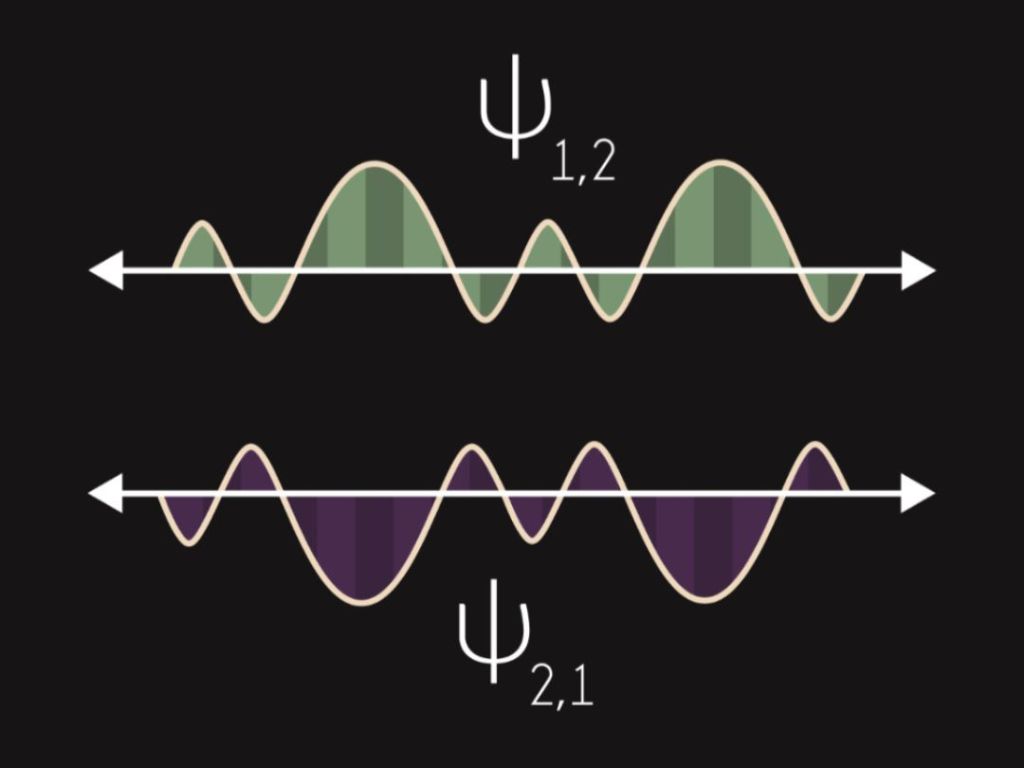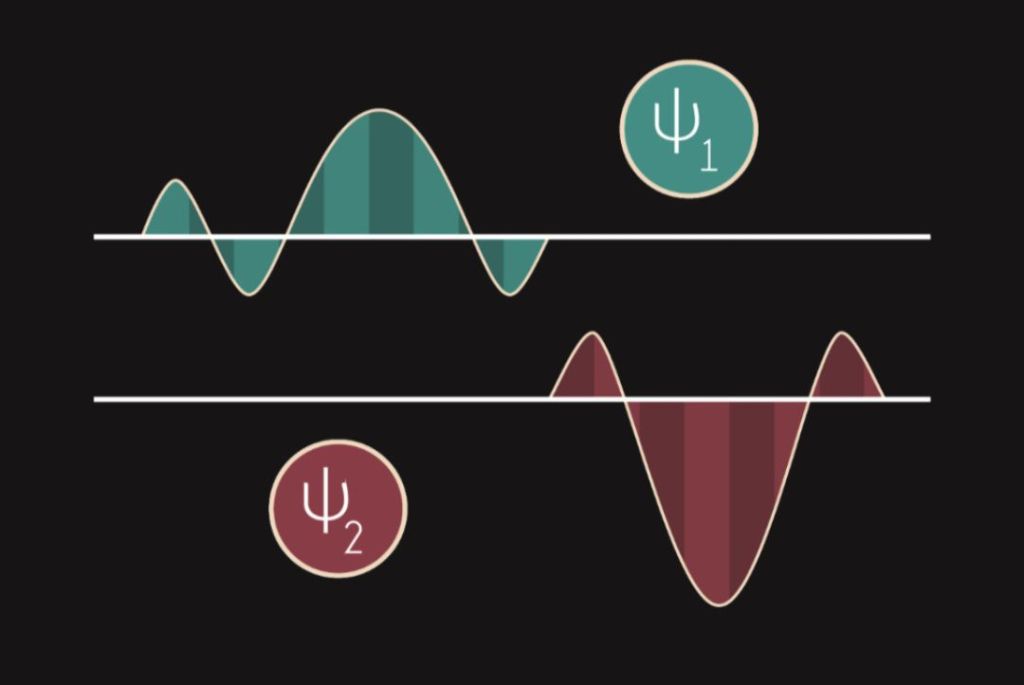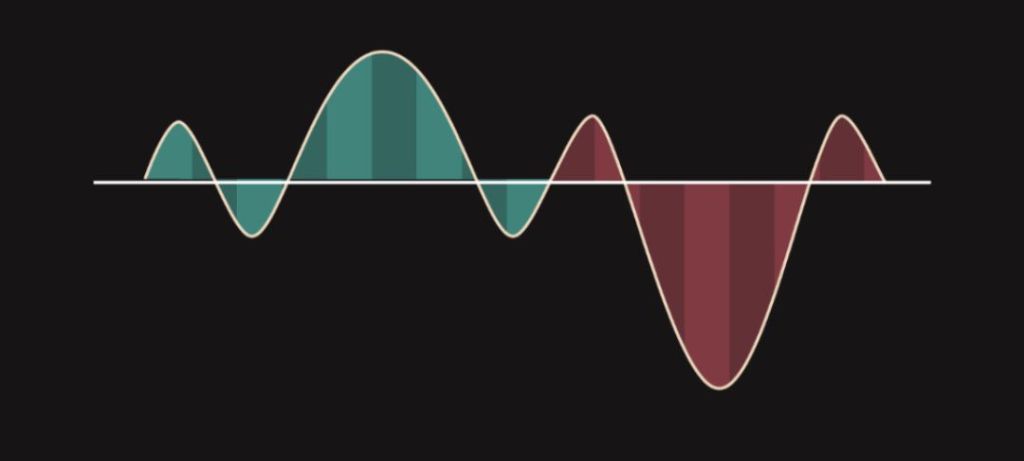It is undoubtable that quantum mechanics has dramatically changed the world of physics and greatly influenced many other fields as well — including biology, chemistry, and computer science. But besides that, it has expanded outside the realm of science by posing interesting philosophical questions.
The goal of science and philosophy is actually very similar – they are trying to provide answers to fundamental questions. However, they adopt widely different approaches to reach these answers. Whereas philosophy only utilises rational argumentation and critical thinking, science relies on observable evidence and the rigour of the scientific method. To demonstrate that, I am going to use one of the oldest philosophical questions as an example: What is the world made of? Philosophers had been trying to answer this question for centuries, but without much success. Many of them thought they knew the answer – Thales, for instance, argued that everything was made of water. He was wrong — just like many other philosophers of that time — because philosophy is inherently bad at answering such questions.
Today, we know the answer due to modern physics — every object around us is made up of quarks and electrons. And even though this may not be the final answer — string theory proposes even smaller building blocks — there is no doubt that science has made more progress in unravelling the nature of our universe in a few decades than philosophy has in centuries. When it comes to studying nature, the scientific method is by far the best tool we have.
This certainly does not mean that philosophy is unimportant or redundant in today’s world. In fact, the opposite is true. While science is much better at providing correct answers, it cannot make sense of its own discoveries. Thanks to science, we know that humans have evolved in the process of natural selection or that the universe is going to come to an end, but we still need philosophy to decide what to make of these discoveries. Every scientific discovery brings forth a multitude of questions which can only be answered by philosophical discourse, not by conducting more experiments. For instance, biologists have discovered that you could theoretically create your exact copy — or thousands of such copies — by the process of cloning, but it is up to each of us to decide how we feel about that.
But this chapter is not about quarks, electrons, or the relationship of science and philosophy. Instead, I would like to talk about a particular philosophical question, which remains open to this day — the question of free will. Free will is usually defined as the ability to consciously control one’s actions. For instance, let us imagine that you have a day off and decide to go for a trip. Most people would argue that this decision was completely voluntary — you could have just as well decided to stay home. There is no reason to think that you were somehow predetermined to decide this way. We assume to have free will because we naturally feel that way. But is it really the case?
Initially, this issue was purely philosophical. But just like with the question of the fundamental substance, it has eventually expanded into the domain of science, which first contributed to the free will debate with the arrival of Newtonian physics. As you may recall from early chapters, classical physics states that the universe is inherently deterministic. In other words, it presumes that we can, in theory, gather all information about the present state of the universe and use it to predict the future with absolute certainty.
This so-called “clockwork universe” was a crucial factor in the development of the debate, as it makes free will impossible. Your decision to go for a trip was inevitably caused by the specific arrangement of molecules in your brain, which was predetermined at the beginning of the universe just like everything else that has ever happened. Every action has a predictable reaction, and your decisions are mere consequences of a huge chain of actions going back all the way to the Big Bang. Any voluntary decision that is not based on anything that came before it would violate the laws of Newtonian physics, as it would create a new, independent chain of actions and reactions. Such a universe would be both boring and unimaginably frightening. Anybody possessing enough information about the current state of the cosmos would be able to predict all of your future decisions with absolute certainty. All events in the universe would simply play out according to a precisely written script. (Some philosophers, called “compatibilists”, argue that determinism and free will are still compatible. This belief is caused by the fact that they use a different definition of free will than the one people are used to.)
Luckily, quantum mechanics brings liberation from the clockwork universe. How could we predict the future position of a particle when we are not even able to precisely know its current position? In our universe, one can only use probabilities to make assertions about the future. The non-determinism of quantum mechanics is often viewed negatively, as it undermines the simplicity of Newtonian physics. However, only in a probabilistic universe is the future a mystery.
Some physicists even went so far as to use the uncertainty principle as undeniable evidence of free will’s existence. However, that is nothing more than wishful thinking. While it is true that quantum mechanics could perhaps allow for free will to exist — certainly more than Newtonian physics — we know far too little to make any definite conclusions. As of today, we are left with two equally valid options:
The first option is quite straightforward — in spite of the uncertainty principle, our brains are still purely deterministic. One may say that, after all, quantum phenomena only apply to much smaller objects than the brain’s neurones or synapses, so why should they have any significant effect on the way we think? While this could be true, it is certainly not a conclusive argument. Quantum effects are exclusive to the microworld, but that certainly does not mean they have no effect in the macroworld. For instance, in Schrödinger’s thought experiment, the decay of a single nucleus — which is governed purely by probabilities — is scaled up to the macroworld, so that it affects whether the cat dies or lives.
This brings us to the second option, which is a lot more interesting than the first one. Consider for a moment that quantum mechanics really does play a significant role in decision making. What would it mean for the notion of free will? You could assign a certain probability value to all of your future decisions. For example, just before you decided to go for a trip, there was a 60 percent probability that you were going to decide this way, and a 40 percent probability that you were going to stay at home. (Of course, this is a huge oversimplification. Every decision could have hundreds of possible options with constantly varying probability values.) This would make your decisions non-deterministic and therefore completely unpredictable. But is this really free will? Would these decisions be truly “yours”? After all, quantum mechanics is completely random, and is randomness synonymous with freedom?
These questions have no definite answers — at least not yet. We have no idea whether quantum mechanics plays a crucial role in our brains, and if so, nobody knows what to make of it. Right now, it is simply up to each of us to decide what we believe and whether this question even matters to us. However, one thing is certain — thanks to quantum mechanics, the free will debate remains open to this day.



